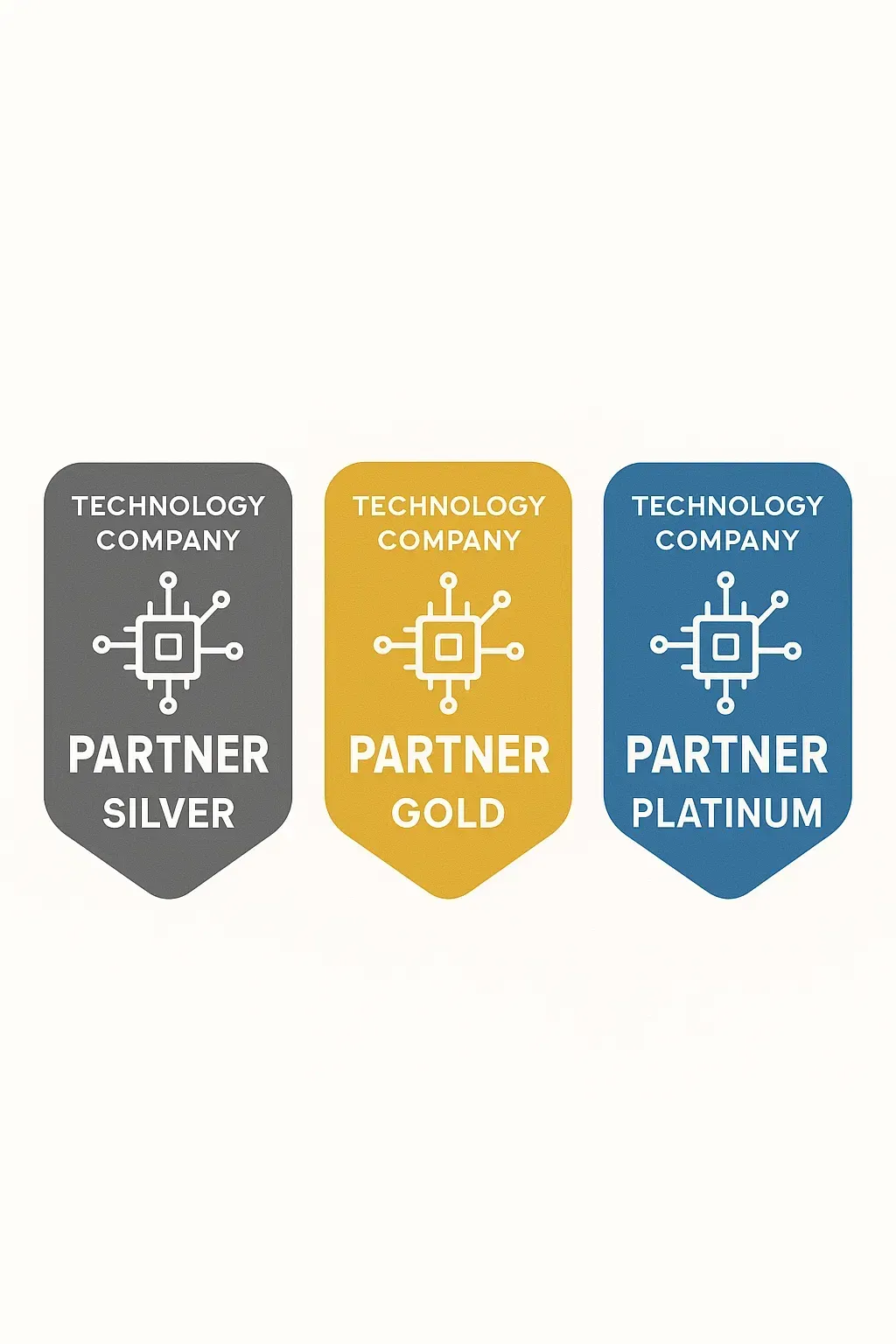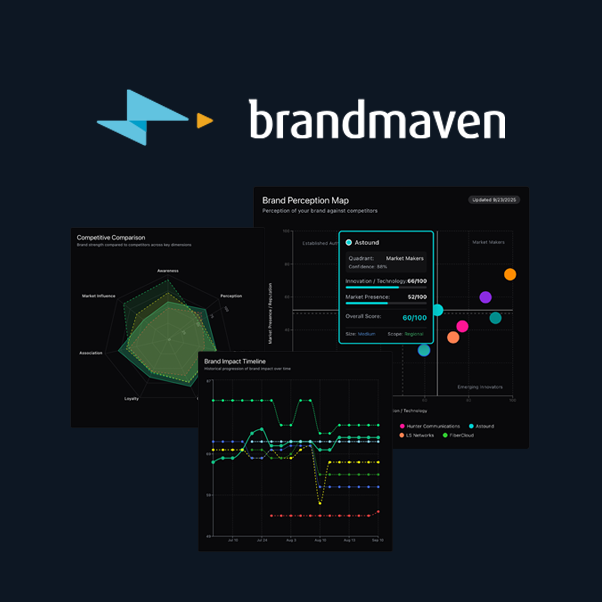Define Your Strong Brand Position In 2020
Speak Agency • February 19, 2020
SHARE THIS:
A few months ago, I was having a conversation with a VP of Marketing for a tech company we were pitching. This company was growing fast and will soon be releasing an important new platform update that they believe has the potential to change their entire industry.
As these conversations tend to go, we got to talking about what she felt like her company’s biggest weakness was. “If you ask our five c-level executives who we are and what we do, I guarantee you’d get at least four different answers,” she predicted.
With that confession, I nodded and candidly said, “As I was preparing for this meeting, I looked at your website. I can see your technology is transformative but I had to connect a lot of dots to understand exactly what you do.”
The marketing VP agreed with me, indicated that like most technology companies, things change quickly. “It’s tough for the branding to keep up.”
We went on to discuss some of the impacts of not having a consistent brand story. She pointed out that the lack of a strong corporate position means people across the business are saying different things to customers. And her hunch was those messages were often muddled and messy.
This is a story we hear frequently. Businesses that are innovation-driven change rapidly. That’s why it’s important to consistently evaluate whether your brand story reflects who you are today.
Why is brand positioning and messaging an investment worth making in 2020? Here are three reasons:
1. It Tells the World What You Stand For
As companies grow, things change. Acquisitions. Product launches. New markets. New competitors. Suddenly you realize that you’re only telling customers half the story, or you’re telling the same story as a key competitor. Undergoing a brand refresh will map out the right territory for your brand to stake it’s claim. It will define:
• The most important pain point you solve for customers
• The unique way you solve it
• Why this is important for your customers right now
• Why it’s a better approach than everyone else
2. It Helps Turn Employees into Thought Leaders
Marketing may “own” the brand but everyone in your company “lives” it. A strategic positioning and messaging architecture establishes topical themes that people across your organization can immerse themselves in and lend their point of view to. Why is this important?
Studies conducted by LinkedIn cite that content published by individuals generate ten times the followers and two times the click-throughs than those posted by faceless companies. Readers also indicated that they trust the validity of an article published by an individual more than one published by a brand.
When you have a clear messaging hierarchy, it’s easy to assign thought leaders or domain experts to specific messaging topics. Those thought leaders can in turn become the engine for telling your story through branded content.
3. It Reduces Your Cost to Communicate
Without consistent positioning and messaging, your marketing team is adrift. Every time they need to create a new campaign, website copy or a trade show booth, they are reinventing the proverbial wheel. This inefficiency is costing you more money than you think.
Plus, consider the opportunity cost of this slipshod approach. Instead of going to market with a consistent, repeatable message, you’re likely saying one thing today and another tomorrow. This confuses your audience and diminishes your return on marketing spend.
Re-Energize Your Brand in 2020
People are time poor, with ever shorter attention spans. This is especially true with hard-to-reach audiences like business owners and executives. It’s vitally important to cut through the noise with a succinct, compelling brand story. Done right, there’s nothing that will make a bigger difference in helping customers find you and choose you.
Make 2020 the year you elevate your brand story.

In marketing, we love a good acronym. But let’s be real— USP (Unique Selling Proposition) is starting to feel like one of those legacy systems we all pretend still has value because it’s “core to the business.” You know the type: old, clunky, and painfully out of sync with how people make decisions today.



